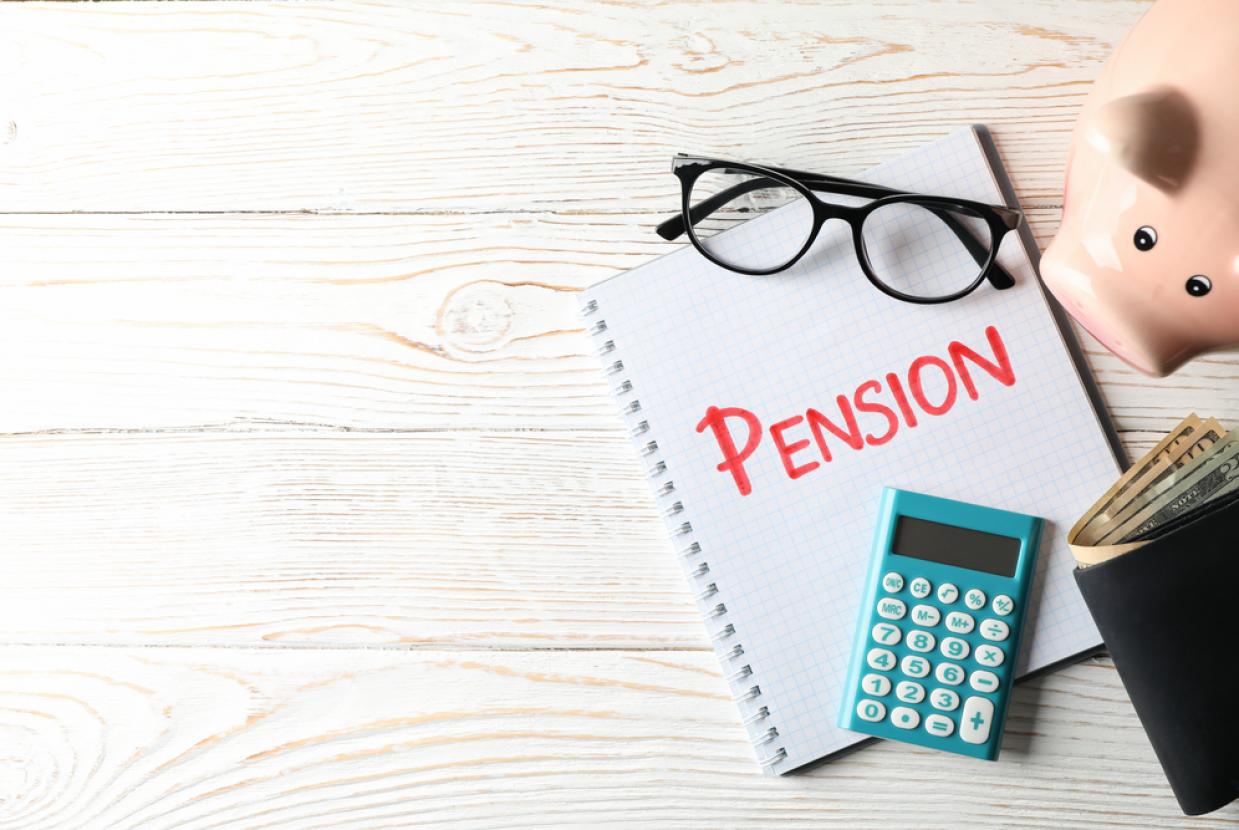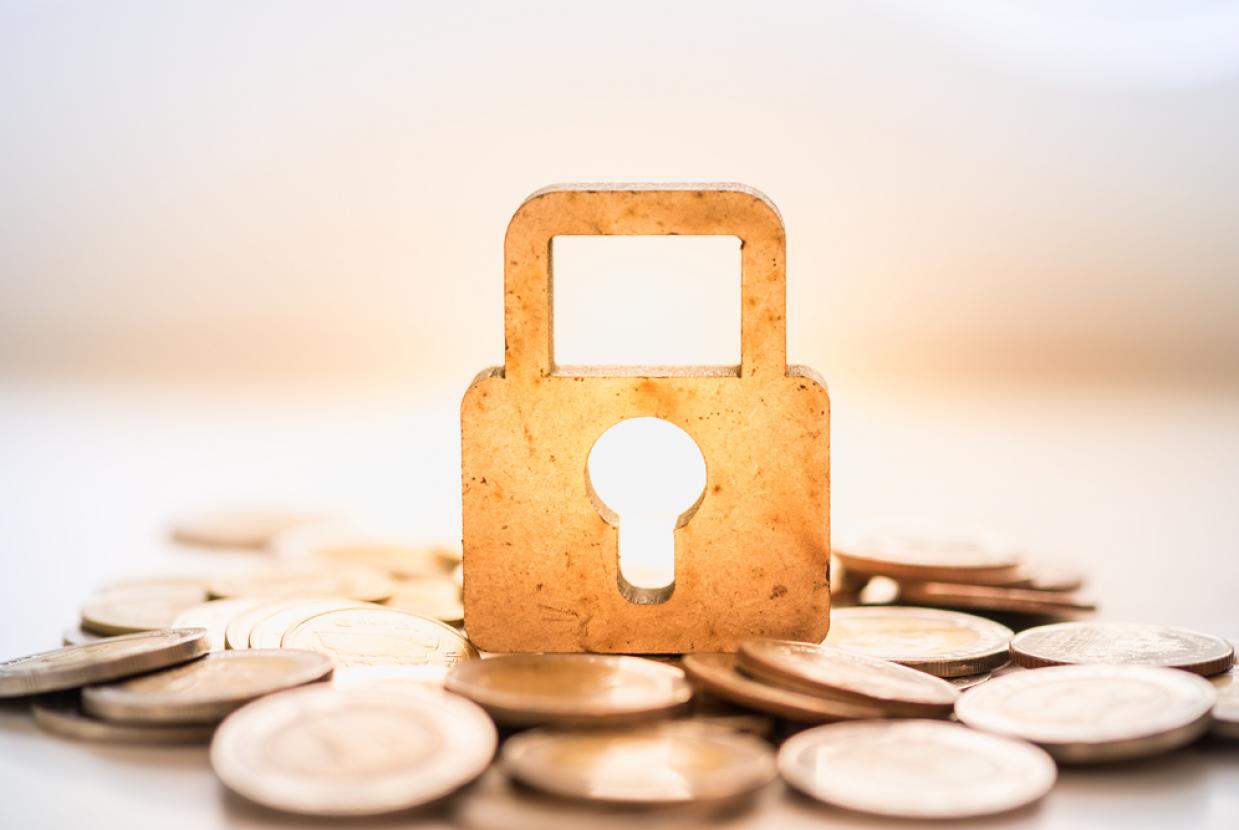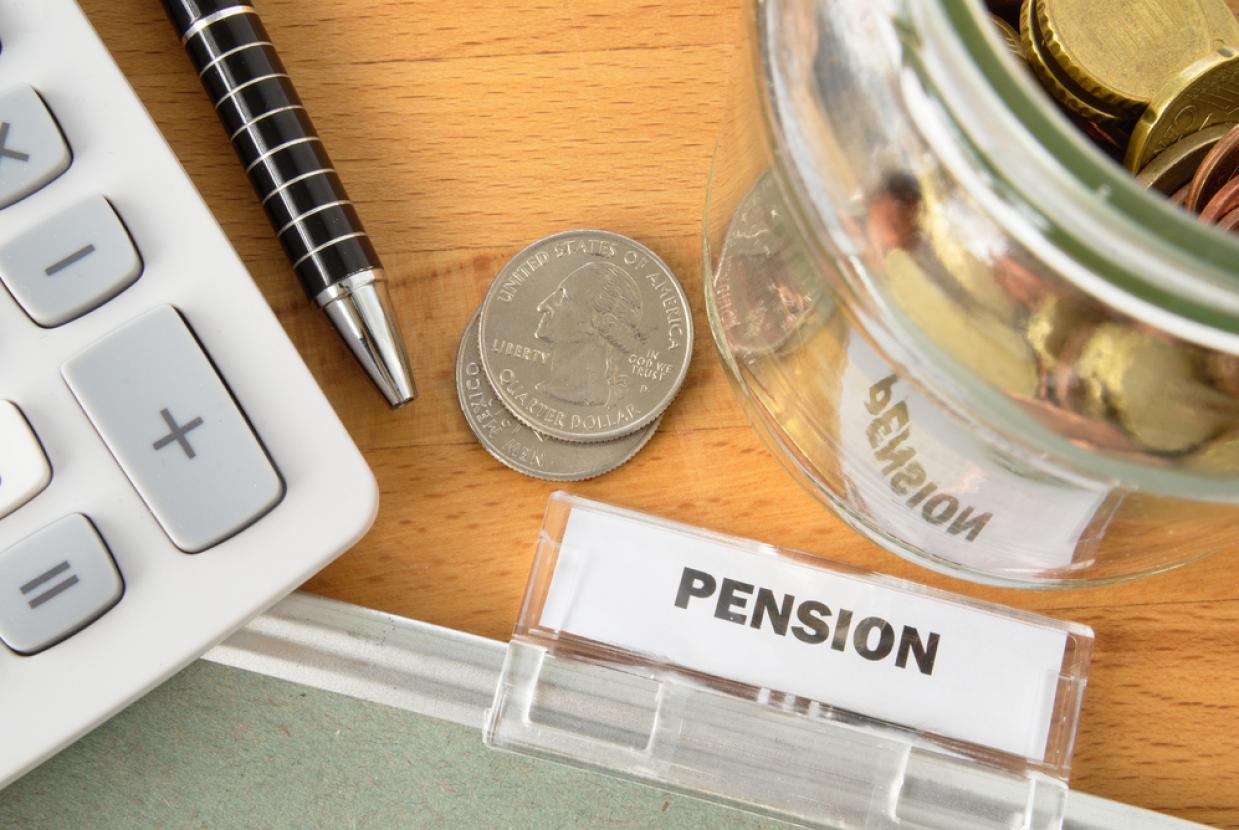Tax Relief & Your Pension
There are two ways you can get tax relief on your pension contributions. If you’re in a workplace pension scheme your employer chooses which method to use and must apply it to all staff. Find out how tax relief works here.
What is pension tax relief?
One of the best features of using a pension to save for retirement is tax relief. When you pay into your pension, some of the money that would have gone to the government as tax goes towards your pension instead. This can help reduce the amount of tax you pay and be used to help bolster your savings for the future.
This ‘tax relief’ is given based on the rate of income tax that you pay. However, depending on how your pension scheme works, if you don’t pay tax you might not get tax relief.
Equally, you might have to claim extra tax relief not claimed by your scheme.
In addition, there are certain limits that you need to be aware of which can impact the amount of tax relief you're entitled to. Exceed these limits and you may have to pay a tax charge which effectively claws back any excess tax relief given. See below for more on this.
How does pension tax relief work?
There are two ways you can get tax relief on your pension contributions. These are known as relief at source and net pay.
If you’re in a workplace pension, your employer chooses which method is used. If you’re in a personal pension, the relief at source method is always used.
Relief at source
With relief at source, your contributions receive a boost from the government. You can potentially claim more back through your tax return if you pay tax above the basic rate.
Here’s how the relief at source method works in more detail:
1) Your employer deducts tax from your taxable UK earnings as normal.
2) They then deduct your pension contribution from after-tax pay and send this to your pension provider. If you're self-employed, you would make a contribution from your taxable UK earnings directly to the pension provider.
3) Your pension provider then claims 20% in tax relief direct from the government, which they add to your pension pot. If you live in Scotland and pay tax at the Scottish starter rate of 19%, you still get tax relief on your pension contributions at 20%.
This way is better for people who don’t pay any tax as they still get tax relief. See our section on ‘Tax relief if you don’t pay tax’ below.
However, with this arrangement, people who pay higher rates of tax than 20%, whether employed or self-employed, will have to claim the extra tax relief through their tax return or direct from HMRC
Net pay
With net pay, your pension contributions are made before you are taxed. You will usually therefore pay less tax because your tax will be calculated based on a lower amount of UK earnings.
Here’s how the net pay method works in more detail:
1) Your employer deducts the full amount of your pension contribution from your pay before any tax is deducted.
2) You then pay tax on your UK earnings minus your pension contribution. As a result your tax bill will usually be lower and you get more take-home pay.
3) Although you’ve paid the full amount of your pension contribution yourself, you get the tax relief straight away by paying less tax.
With this method, whatever rate of tax you pay, you get full tax relief without having to claim it. However, if you don’t pay tax, this method means you won’t get any tax relief. See our section on ‘Tax relief if you don’t pay tax’ below.
What are relevant UK earnings?
Relevant UK earnings are the type of earnings that attract tax relief and include:
- income from employment (for example salary, wages, bonus, over time or commission)
- any redundancy payment above the £30,000 tax exempt threshold
- benefits in kind which are taxable
- profit-related pay (including the part which is not taxable)
- income from a trade, profession or vocation conducted individually or as a partner personally acting in a partnership
- rental income from UK or EEA furnished holiday lettings businesses
- patent income.
This list is not exhaustive.
Salary sacrifice arrangements
A salary sacrifice arrangement is an agreement between you and your employer. It involves you giving up a part of your salary in return for your employer making a contribution to your pension.
If you’ve agreed this with your employer, the whole contribution is treated as coming from your employer. This means you don’t get any tax relief as such.
However, by essentially giving up a portion of your salary, the amount you get paid is reduced. This decreases the amount of Income Tax and National Insurance you pay.
This will usually mean your take home pay is higher.
The National Insurance contributions your employer makes will be reduced, too. Some employers will pass some or all of this National Insurance saving onto you. This, again, increases the contribution going into your pension.
Personal pension, self-invested personal pension and stakeholder pension schemes
If you’ve set up your own pension, the contributions you make into the scheme are usually treated as coming from your after-tax pay.
Your pension provider will claim back basic rate tax at 20% from HMRC, and add this to your pension pot. This gives you tax relief.
This means that if you make a contribution of £80, your pension provider will claim back £20. So a total contribution of £100 goes into your pension pot.
Higher rate pension tax relief
If you’re a higher rate taxpayer, you can claim further tax relief (at your higher rate) from HMRC. This is usually claimed through your self-assessment tax return. Or you can contact HMRC direct if you don’t usually complete a tax return.
This means that if you pay income tax at 40%, you could claim an extra £20 tax relief. This makes the cost of a £100 contribution into your pension £60 to you – £20 claimed by your pension provider and £20 reclaimed by you.
How much can you build up in your pension?
There’s no limit to the amount you can build up in pensions. However, there is a limit on the amount you can build up without potentially having to pay a tax charge when you access your pension or transfer it overseas. This is known as the lifetime allowance.
The limit is £1,073,100. The government has stated that they plan for this figure to remain the same at least until April 2026.
Any amount above this is subject to a tax charge of 25% if paid as income, or 55% if paid as a lump sum.































